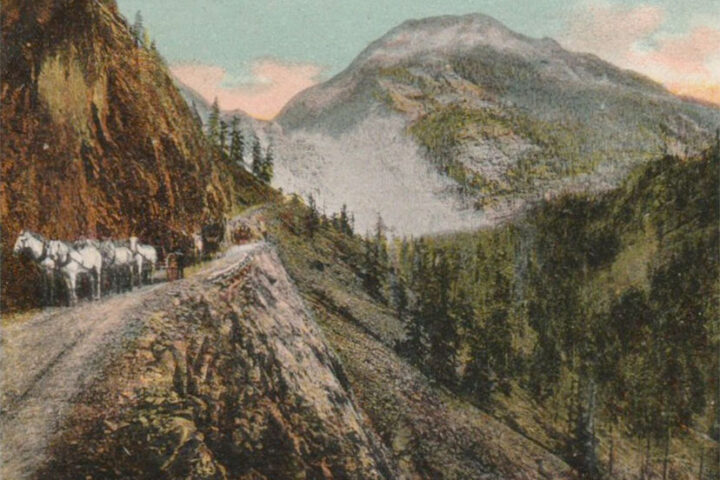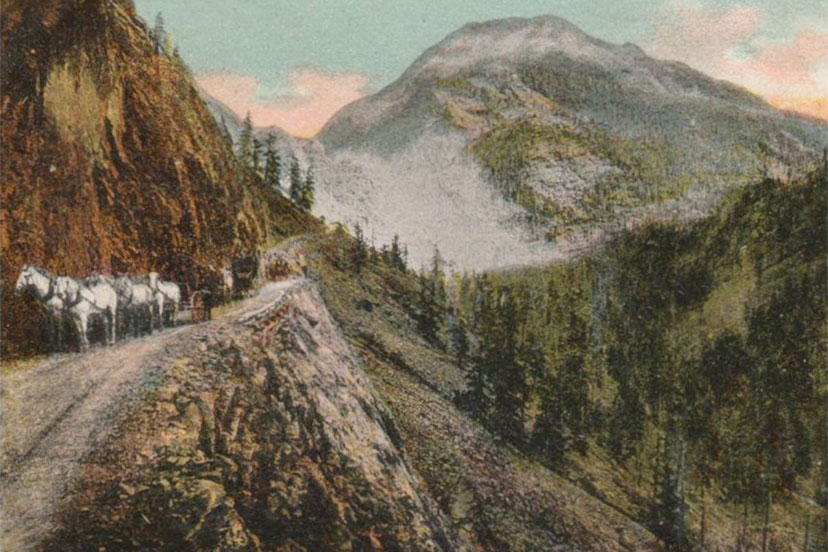infrastructure; noun
1. An underlying base or foundation, especially for an organization or system.
2. The basic facilities, services, and installations needed for the functioning of a community or society, such as transportation and communications systems, water and power lines, and public institutions including schools, post offices, and prisons.
— from the American Heritage Dictionary, 5th Edition.
The small group of local activists who successfully petitioned the ‘Workforce Housing Fee’ onto last year’s Town of Pagosa Springs ballot, and who saw that fee approved by a majority of the town voters, have expressed disappointment with District Court Judge Jeffrey Wilson’s ruling on January 2, invalidating that voter-approved measure.
I am among those disappointed activists. I also share the opinion, with some of them, that the Town government is unlikely to appeal Judge Wilson’s order to a higher court.
But if we can agree that we want Archuleta County to have a functioning economy… and sufficient infrastructure to support a functioning economy… we might want to have a serious discussion about what kind of infrastructure we want.
And a serious discussion, too, about what the word, “infrastructure”, means to us. Does it mean, “the basic facilities, services, and installations needed for the functioning of a community”? And if so, how should those basic facilities, services, and installations be funded?
As I mentioned in a previous editorial, a survey of Pagosa Springs opinions — not a scientific survey, but rather, a very informal survey — was published by Pagosa Springs SUN editor Terri House at the end of December. Ms. House wrote:
The new year is upon us, and in the tradition of a fresh start with the fresh year, we asked readers and Facebook fans to share their ideas for the changes they want to see in Pagosa Springs during 2023.
I don’t know how Ms. House picked the responses she shared, but it might be worth mentioning that 30 of the 33 survey responses mentioned roads or highways. As a community, nearly all of us in Archuleta County believe our streets, roads, and highways ought to be properly maintained by local government, using tax money. That approach has left many of us disappointed. Maybe, all of us?
Tax-funded roads and highways were not always such a common approach in Colorado. Back in the 1800s, Colorado was served by as many as 93 toll roads, authorized by state and local government but built by private corporations. Gunnison County, by itself, was served by 46 toll road companies.
In 1883, the Colorado Legislature revised the toll road statutes, retaining many of previous 1878 provisions but adding new regulations. Toll roads now had a minimum width of 10 feet, and a maximum grade not greater than 15%. Turnouts were required every quarter mile, at points visible to each other, and each turnout had to be not less than sixteen feet wide and fifty feet in length.
Upon completion, the county surveyor — from each county traversed — would inspect the road to determine its compliance with statutory standards. The local county commissioners, after public hearing, would approve the County Surveyor’s report.
Failure to comply with building requirements annulled the right to collect tolls.
Here, for example, is a hand-tinted photograph of Red Mountain Pass, near Ouray, Colorado — once a toll road in the days of horse-drawn wagons.

This system of funding road construction and maintenance worked reasonably well, apparently… before the arrival of the automobile. But eventually, as automobile manufacturing became one of the most important industries in America, our thoughtful legislators and congressional representatives determined that maybe tax-funded roads and highways were a better approach than toll roads.
Colorado still has toll roads in the Denver area, however. From a list published by the Colorado Department of Transportation (CDOT):
I-25 Express Lanes
I-70 Mountain Express Lanes
US 36 Toll Rates
Express Lanes I-25 North
C-470 Proposed Toll Rates
I-25 Central Toll Rates
I-25 North US 36 to 120th Ave
I-25 North 120th Ave to E-470
Toll Rate Schedule for I-25 Central Express Lanes
According to Colorado Peak Politics, if someone is taking the Lexus Lane between Denver and Boulder every day for work, that comes out to about $300/month, or $3600/year. In other words, more than the double the median property tax on a typical Colorado home, and more than the personal savings rate for a family with the state’s median household income.
Here in Archuleta County, the Board of County Commissioners asked the voters to approve a sizable increase to the local sales tax — an increase amounting to about 37% — with a promise to use at least half of the additional millions in taxes to maintain local roads. The voters overwhelmingly rejected the increase, by a 3-to-1 margin. But we know the voters are not happy with current road maintenance. What caused such an overwhelming rejection? Lack of a plan? Lack of trust in the BOCC? The wrong kind of tax?
Maybe the voters would prefer toll roads?
But my main point in bringing up roads, in an editorial series about ‘Workforce Housing Fees’, is that society sometimes changes the way it views the issue of ‘infrastructure’. Society can change its view of what ‘critical infrastructure’ is, how we fund it, and what it means to have a functioning community.
As I mentioned yesterday in Part Three, our newly-elected County Commissioner, Veronica Medina, once said in a video interview that she was opposed to “any housing that is subsidized by the government.” She continued, in that same interview, to suggest that Pagosa’s housing crisis could be solved by private investment and local builders… without government help.
Perhaps she can point to a community where a housing crisis has been solved by private investment and local builders?
I ask that question, in reference to the large number of Colorado communities that have been developing housing programs over the past 10 years, funded primarily by local taxes and fees.
Let’s look at a few of those programs.

